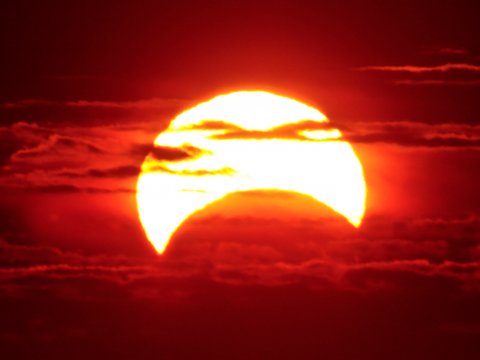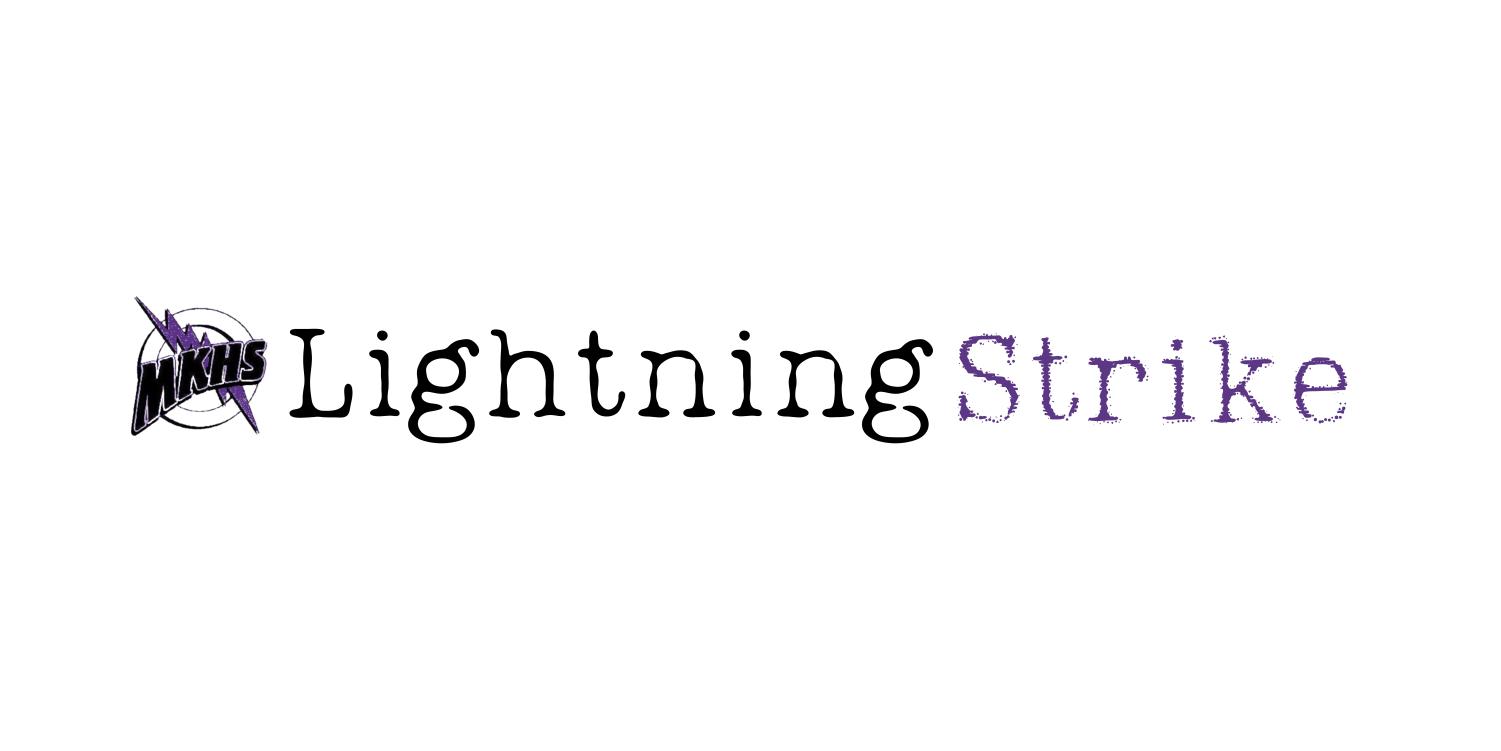Krop’s solar eclipse policy
Everything students need to know about the first day of school.

A partial solar eclipse, where the moon only blocks part of the sun.
Covering a 70-mile strip of land across the United States, people can witness a complete solar eclipse when the moon covers the sun. For those not on the eclipse path, like residents of Miami, viewers will see a partial eclipse.
As students switch from fifth to sixth period on the first day of school, they can see the partial eclipse from about 1:30 p.m. to 4:30 p.m., with the moon covering most of the sun at 3 p.m.
But beware: Looking directly at the eclipse without the right glasses can result in long-term vision defects, even blindness. Do not look at the sun to avoid being hurt by the intense Ultra-Violet (UV) rays. During the total eclipse, the sun’s bright light is covered by the moon, so the light isn’t as intense. However, when UV rays are emitted by the sun, regardless of the brightness of the light, they are harmful to your eye, even in a partial eclipse such as the one in our area.
The school is taking precautions to minimize exposure to the eclipse to ensure students stay out of harm’s way.
The administration is changing the bell schedule to accommodate for the eclipse to ensure student safety. First lunch will begin at 9:30 a.m., which is the beginning of third period and more than an hour before the usual lunch bell. Also, the sixth period bell will ring at 1:00 p.m., instead of 1:15 p.m. as usual.

